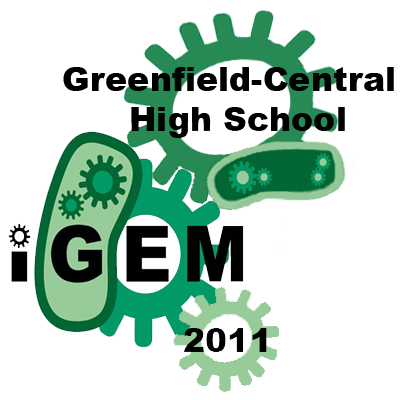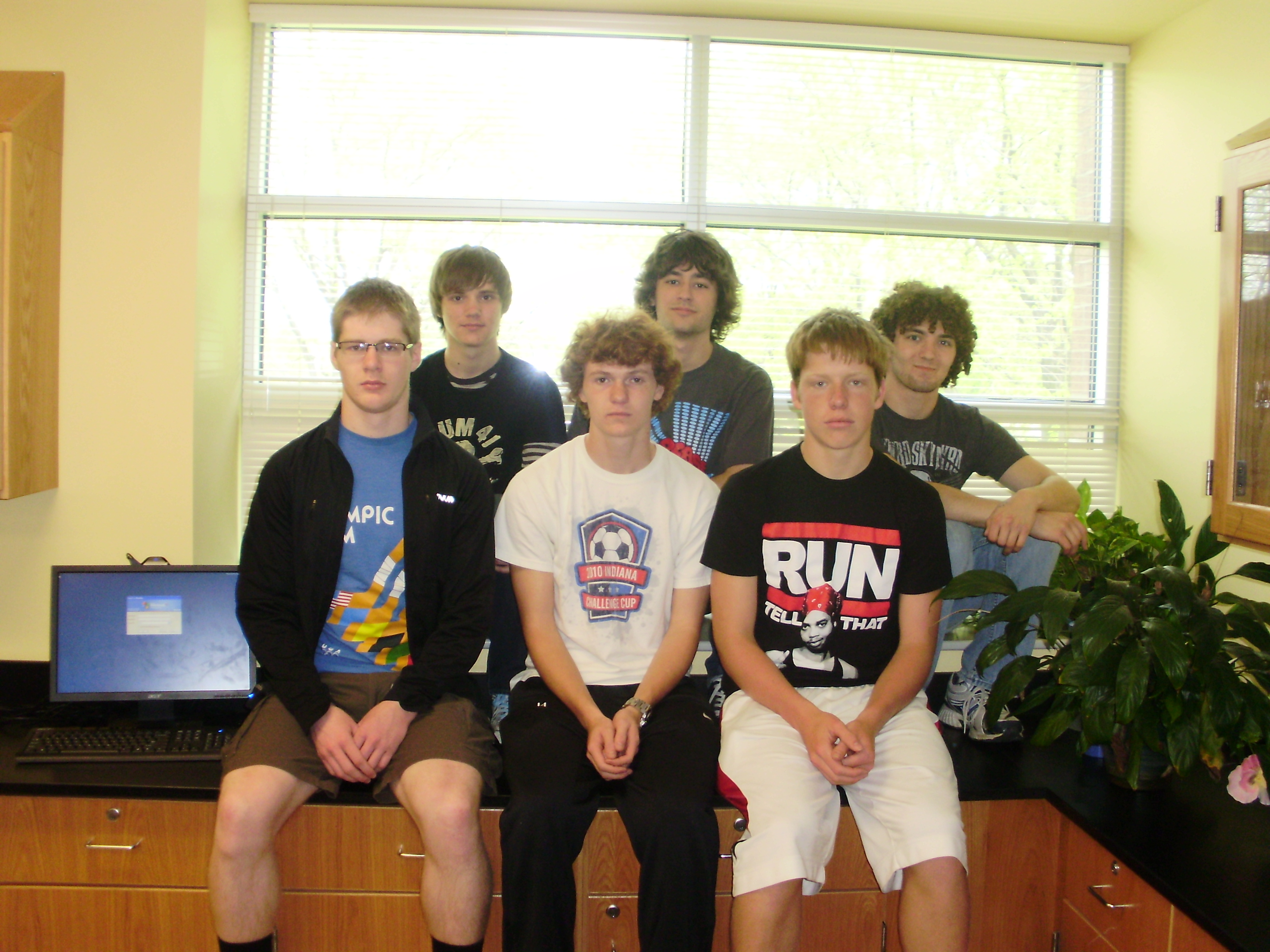Team:Greenfield IN-Rihm-HS/Project
From 2011.igem.org
| Home | Team | Project | Notebook | Parts | Safety | Attributions | Sponsors |
| Our project this year is to design, create, and test a working cadmium water tester. We are going to do this by altering the existing biochemical pathway that Yeast has to recognize the cadmium, and then create our own code that will make it fluoresce red. When we originally had the idea for a water tester, we looked for metals, pesticides, and other harmful substances that are a problem in water supplies. Through much research, we found that cadmium is often a byproduct of many industrial processes, and is often leaked or exposed to the environment. Also, yeast recognizes the presence of cadmium already, so we figured it would be much more simple to alter an existing pathway than to create an entirely new one. We hope through research and experimentation that we are able to make cadmium much more detectable in the environment. | |
|
| |
| Greenfield-Central High School Team Rihm |
Contents |
Overall project
Our project this year is to design, create, and test a working cadmium water tester. We are going to do this by altering the existing biochemical pathway that Yeast has to recognize the cadmium, and then create our own code that will make it fluoresce red. When we originally had the idea for a water tester, we looked for metals, pesticides, and other harmful substances that are a problem in water supplies. Through much research, we found that cadmium is often a byproduct of many industrial processes, and is often leaked or exposed to the environment. Also, yeast recognizes the presence of cadmium already, so we figured it would be much more simple to alter an existing pathway than to create an entirely new one.
Project Details
Part 1
Our first goal for this competition was to design, create, and submit a working part to the iGem registry. The part we want to create is the Cup-1 promoter. This promoter is already present in yeast, so we had to extract it from the yeast genome. We did this using primers of our own design that attached to the specific sequence we wanted, and then removed it from the rest of the DNA. The Cup-1 sequence, with the added primers, is 226 base pairs long. To test our results, we ran a gel using gel electrophoresis, and we determined that the strand we isolated was somewhere between 200 to 300 base pairs long. So it is reasonable to assume that we successfully isolated Cup-1. So our next step was to use the Gibson Method to fuse Cup-1 with our added primers into the iGem BioBrick. Then we transformed the new plasmid into E.Coli bacteria, and put it on ampicillin plates because the iGem BioBrick has an amp marker, meaning it makes the E.Coli ampicillin resistant. This allowed us to differentiate the successfully transformed E.Coli from the normal E.Coli.
 "
"

